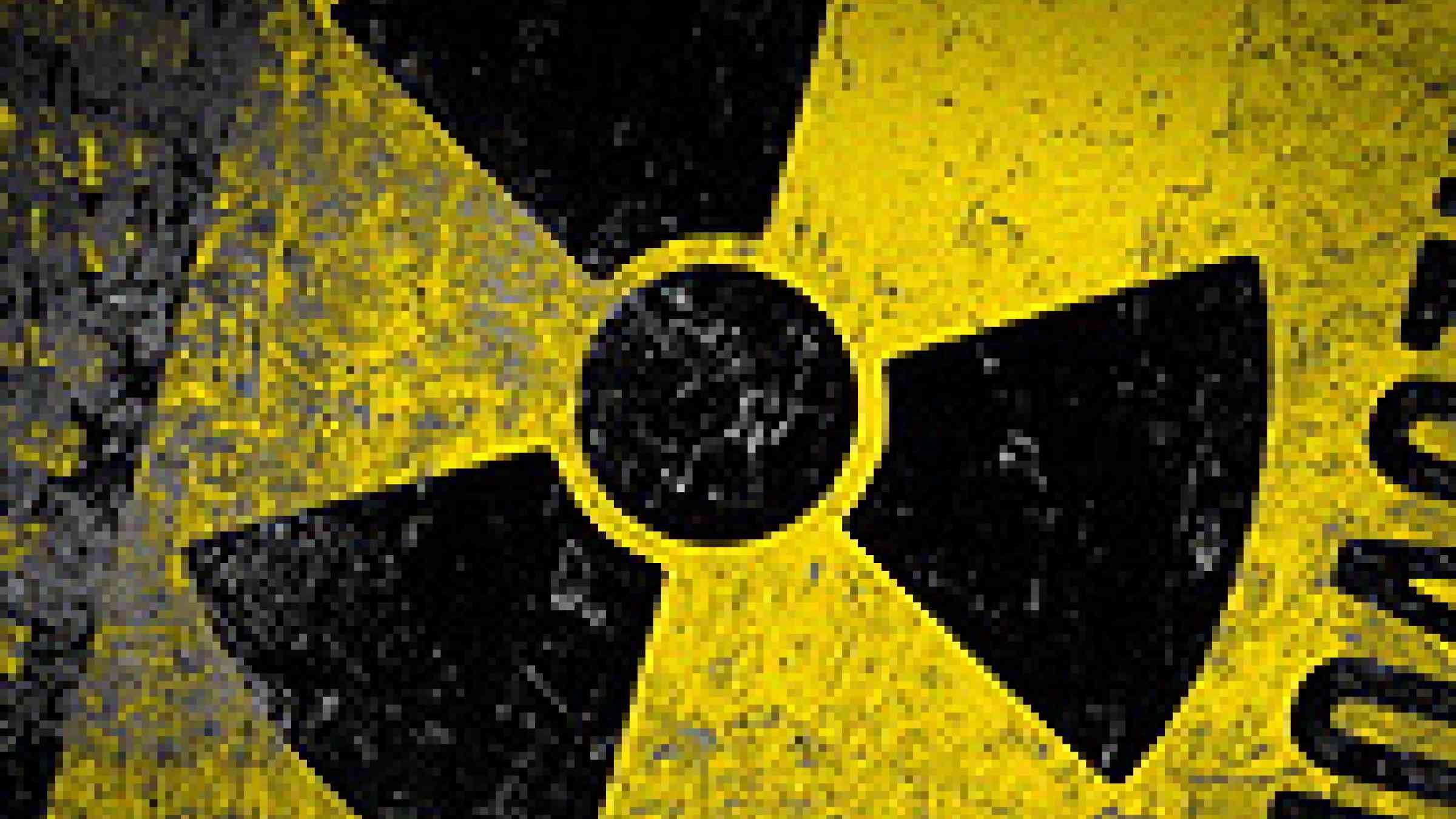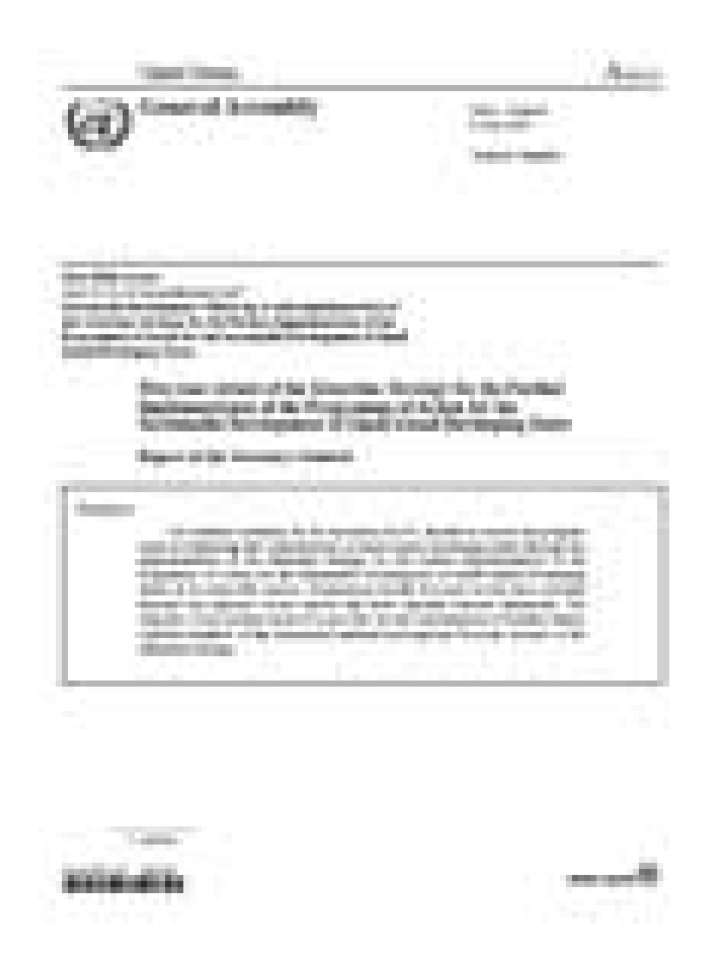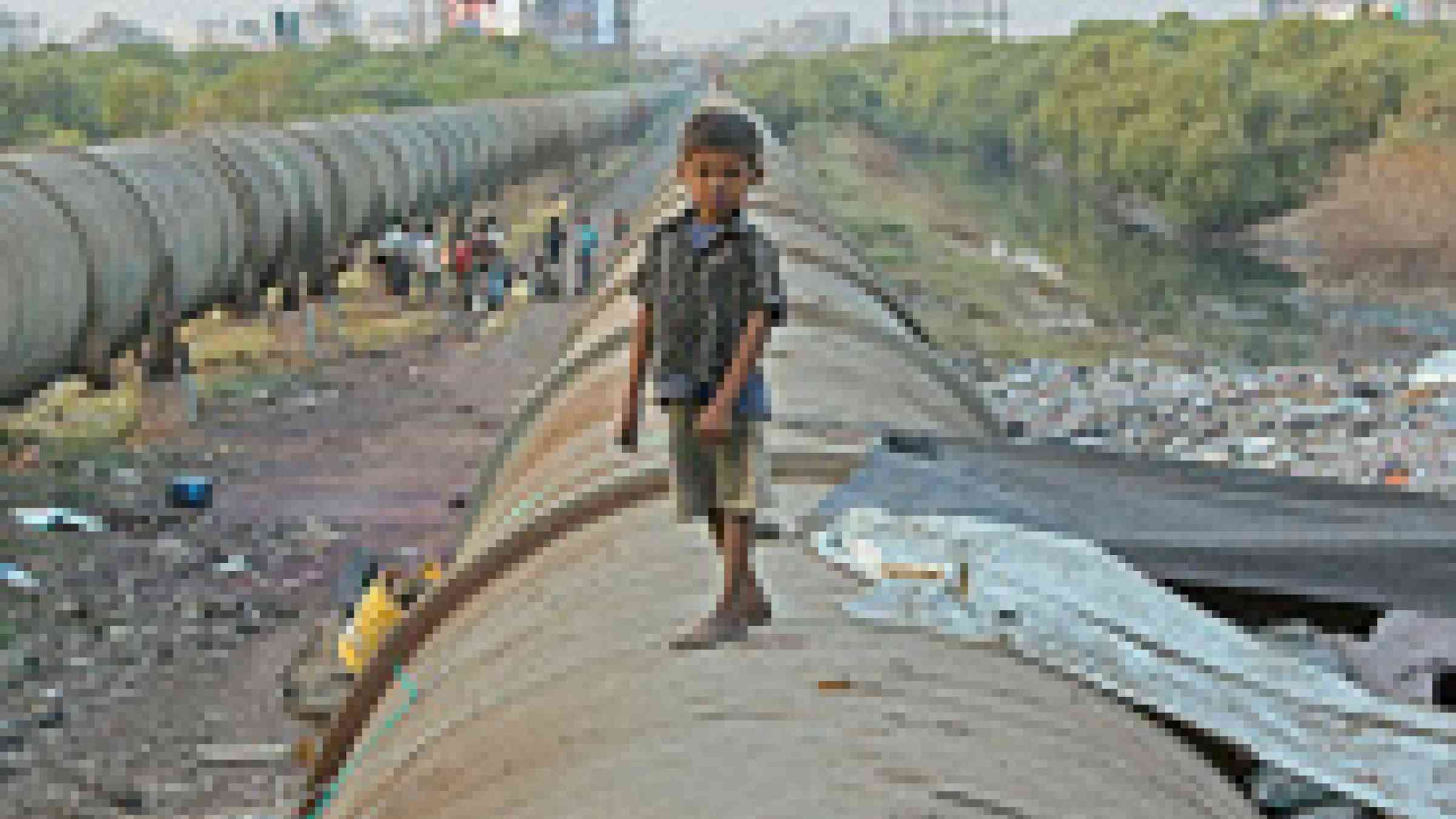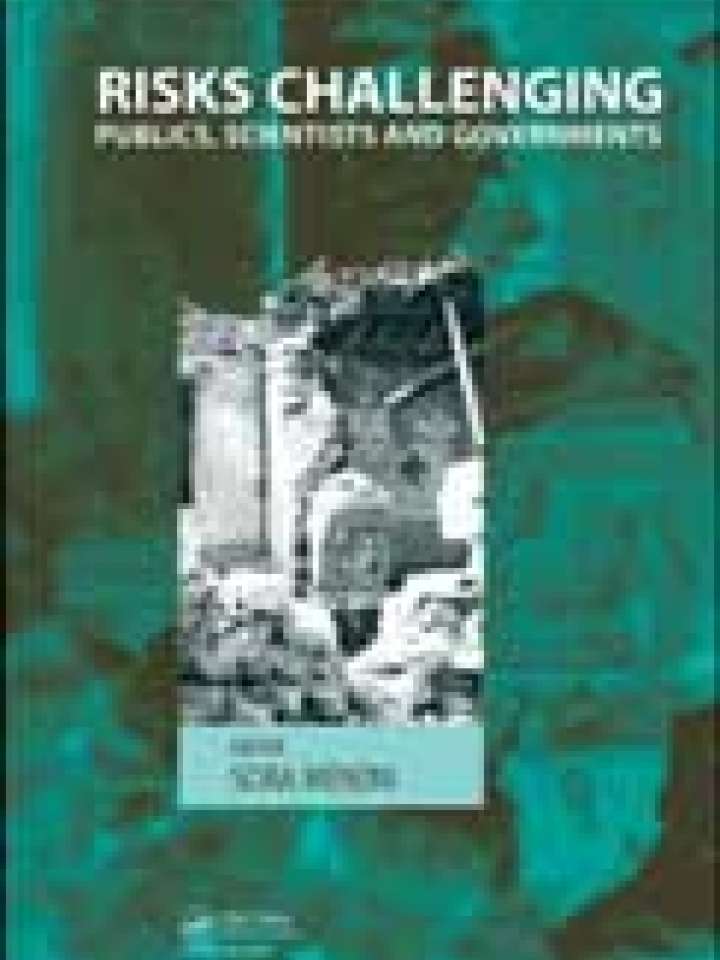NBC - Nuclear, Biological, Chemical
Chemical hazards are the unintended or deliberate release of a substance that is potentially harmful to humans or the environment (e.g. nerve and blistering agents, toxic industrial chemicals).
Biological hazards, according to the Convention on the Prohibition of the Development, Production and Stockpiling of Bacteriological (Biological) and Toxin Weapons and on their Destruction (1972), include germs, toxins and viruses that can sicken or kill people, livestock, or crops (UNODA, 1972).
Nuclear hazards involve the accidental or intentional release of potentially harmful radioactive materials from nuclear fission or fusion, such as those associated with power plants, research reactors or nuclear weapons (HIP; IFRC).








